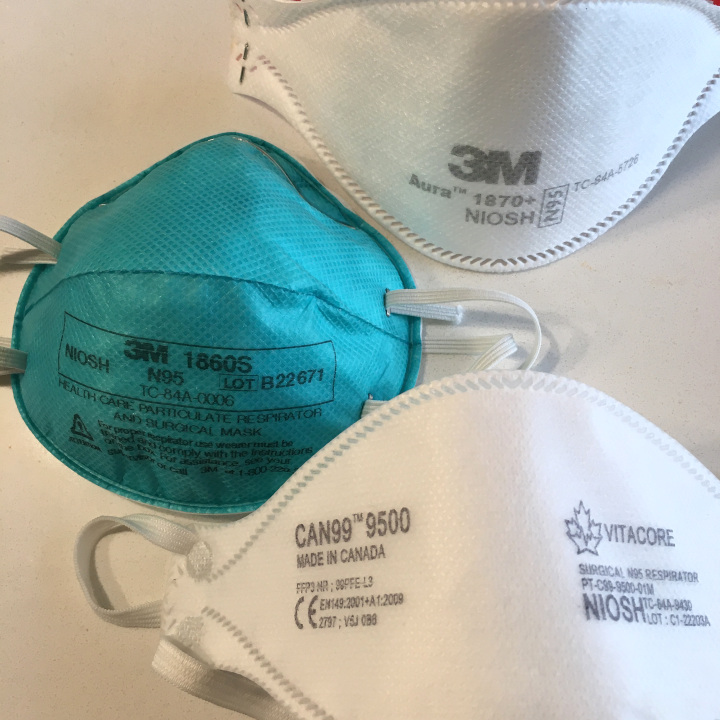As H5N1 bird flu spreads rapidly through livestock and other animals across the U.S., Canadian officials are exploring stockpiling “pre-pandemic” H5N1 vaccines as a precaution.
The highly pathogenic avian influenza (H5N1) has not been detected in any Canadian livestock and the risk of transmission for the general public is considered low, but the recent rapid spread of the virus through livestock and elsewhere in the U.S. has public health officials around the world on high alert.
Health experts are urging people not to drink raw, unpasteurized, milk and to make sure meat is thoroughly cooked, but they say the real potential risk from bird flu is not from food, but from the possibility that changes to the virus enable it to jump from animals to humans. That could create a potential influenza pandemic because human immunity to the virus is expected to be minimal.
Unlike the United States, Canada does not have a stockpile of H5N1 vaccines on hand, according to the Public Health Agency of Canada (PHAC). But it does have agreements in place for quick access to pandemic influenza vaccines if needed, said Nicholas Janveau, spokesperson for PHAC.
“PHAC maintains agreements to secure timely access to pandemic influenza vaccines for the entire Canadian population should an influenza pandemic occur,” he said.
Those agreements should protect against the risk of vaccine embargoes, border closures and transportation and shipment delays — “as recently witnessed during the COVID-19 pandemic,” he said.
PHAC is currently considering assessing options to produce pre-pandemic vaccines against H5N1 that could be in place in the event of a pandemic declaration. The ability to do so is part of an agreement with its primary supplier of pandemic influenza vaccines, part of Canada’s influenza pandemic preparedness plan.
It is also assessing the risks of H5N1 and has processes in place to switch annual influenza vaccine production from seasonal influenza vaccine to pandemic influenza vaccine.
There are also stockpiles of antiviral medications maintained by the federal as well as provincial and territorial governments for use during an influenza pandemic, Janveau said. Antivirals are medicines that fight against the virus in your body.
In recent days, American health officials have reported outbreaks of H5N1 avian influenza in at least 33 dairy herds, as well as in poultry and wild birds. One person who worked with dairy cattle became infected and there have been widespread reports of barn cats falling ill and dying.
The discovery of remnants of the H5N1 bird flu virus in about 20 per cent of retail milk samples tested in the U.S. has caused growing concern that the livestock outbreaks there are more widespread than initially believed. The virus fragments were not live and pose no risk, say officials, but they suggest more cows are infected than have been reported, which increases the risk of mutations that could potentially allow the virus to successfully jump to humans.
That is the kind of scenario that epidemiologists have long studied, said Raywat Deonandan, an epidemiologist and professor at the University of Ottawa.
“We are all taught about this in epidemiology school,” he said. “For 20 years now, flu watchers like myself have been warning about avian flu making the leap (to humans).”
But Deonandan noted that, despite circulating for decades, this avian flu virus has not made the leap to humans to allow widespread human-to-human transmission. Globally, there have been 26 human cases associated with the current strain of H5N1 that is circulating. Human cases have primarily resulted from close contact with infected birds or animals.
Deonandan noted that governments are also preparing for the possibility of an influenza pandemic, even though it might not materialize. Some of the lessons learned from the COVID-19 pandemic should improve response to any future pandemics, he said.
